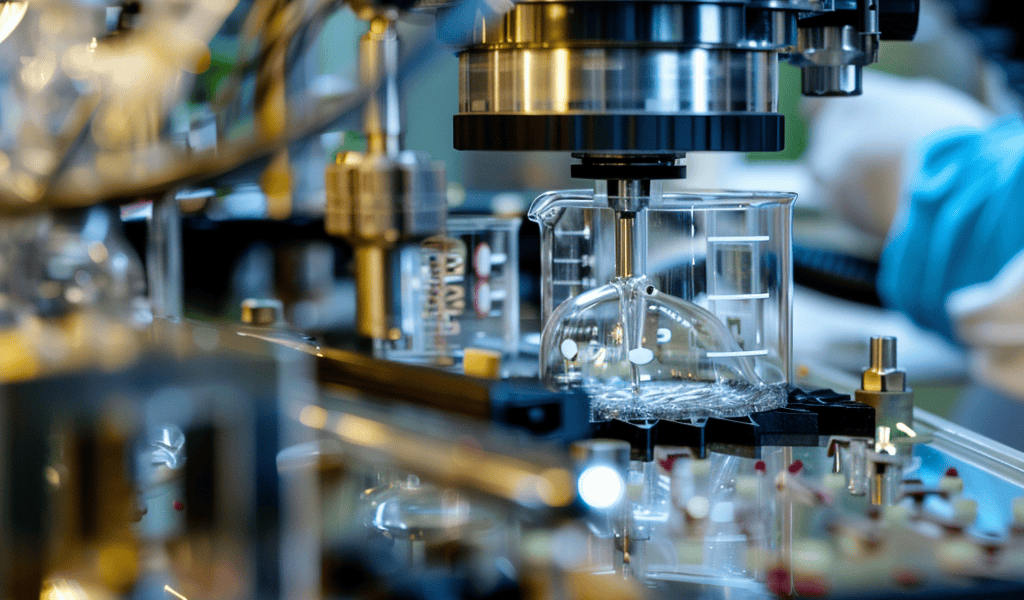Groundbreaking Discovery in Nanotechnology: New Method Enables Synthesis of Hundreds of 2D Materials
Researchers at Linköping University in Sweden have made a groundbreaking discovery in the field of nanotechnology. They have developed a new method that enables the synthesis of hundreds of new 2D materials, which are incredibly thin and only a few atoms thick. These materials exhibit unique properties that make them appealing for various applications such as energy storage, catalysis, and water purification.
Since the discovery of graphene, the interest in 2D materials has grown exponentially due to their large surface area in relation to their volume or weight. This characteristic gives rise to a range of physical phenomena and distinctive properties, such as good conductivity, high strength, and heat resistance, making 2D materials of interest both within fundamental research and applications.
The largest family of 2D materials, known as MXenes, has been created from a three-dimensional parent material called a MAX phase. MXenes are created by removing one of the elements from the MAX phase using acids, resulting in a two-dimensional material. However, until now, MXenes have been the only material family created in this way.
The researchers at Linköping University have introduced a theoretical method for predicting other three-dimensional materials that may be suitable for conversion into 2D materials. They have also proven that the theoretical model is consistent with reality. The research involved a three-step process. First, the team developed a theoretical model to predict suitable parent materials. Using large-scale calculations at the National Supercomputer Center, they identified 119 promising 3D materials from a database of 66,643 materials. The next step was to try to create the material in the lab.
This groundbreaking research opens up new possibilities for the synthesis of a wide range of 2D materials with diverse properties. The potential applications of these materials in energy storage, catalysis, and other fields are vast. The study has been published in the prestigious journal Science, marking a significant advancement in the field of nanotechnology.





